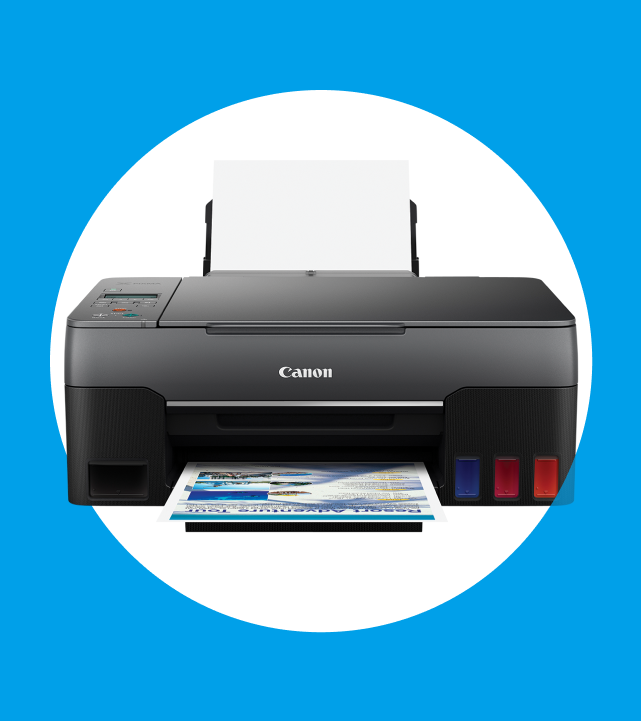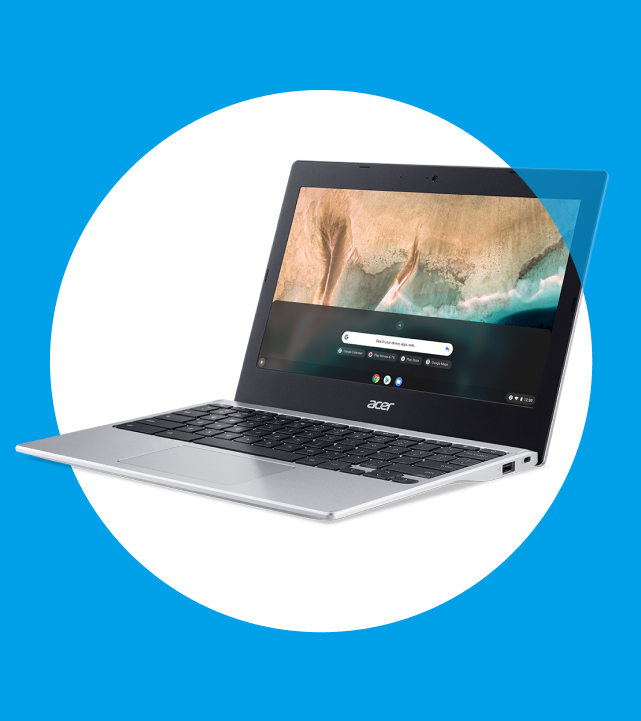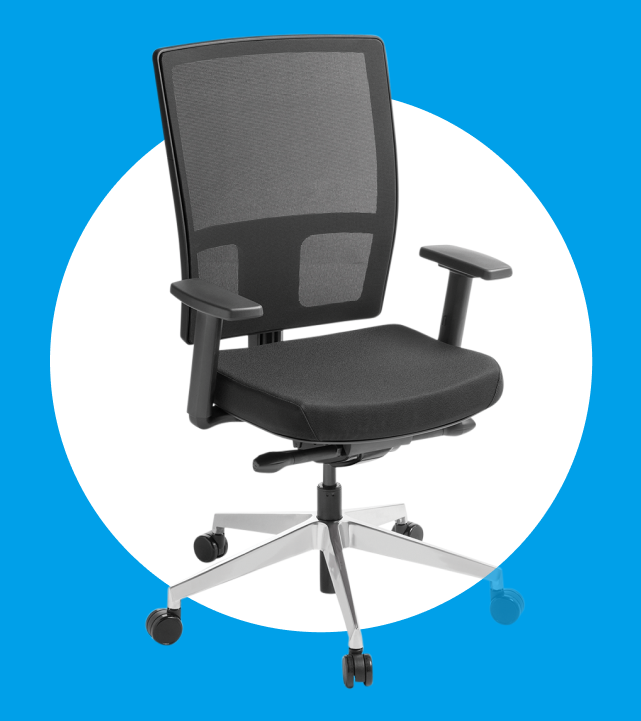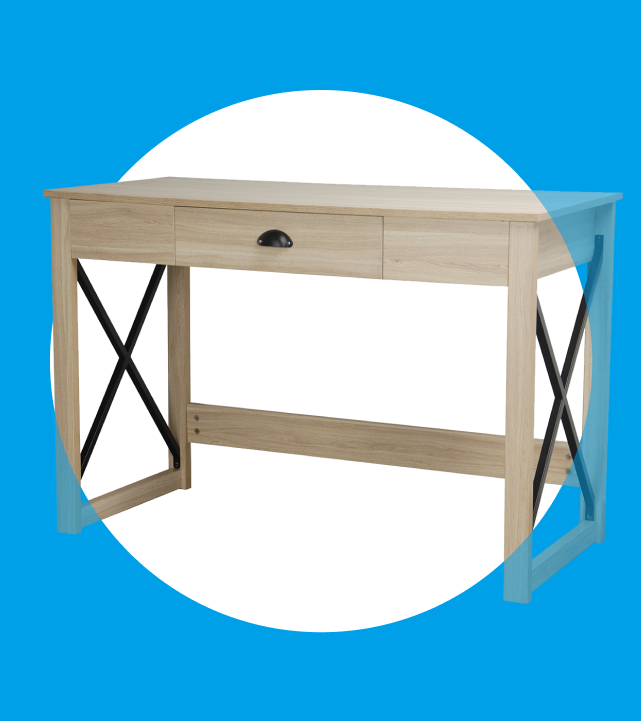GROWING PAINS
Tips and tricks for a successful e‑commerce website
At Zeald, we believe there are three stages to running a successful website: promotion, persuasion and conversion.
‘Promotion’ involves promoting your product or service outside of your website through digital marketing.
‘Persuasion’ looks at the methods you implement on your website to persuade visitors that you have what they need. ‘Conversion’ is the process of pointing visitors in the right direction once they’ve been persuaded, and making purchasing as easy as possible. These three stages apply especially to e-commerce websites, where making sales (or conversions) is the ultimate objective.
Many people that we deal with believe they should spend most of their budget and time on promotion. They already have a website, so they just need to focus on getting people there right? Visitors are bound to like their product once they get there!
That’s not quite how it works.
We recommend you focus primarily on persuasion and conversion before anything else.
You have to make sure your website is effective at converting visitors into customers before you spend money trying to get them there.
This comes down to something called ‘conversion rate optimisation’ or CRO; conversion rate being the most important statistic for any website
Divide the number of conversions (sales, enquiries, or whatever else you define as a conversion) by the number of unique visitors to your webpage or website, and multiply the result by 100. This gives you a conversion rate percentage that tells you how effective a particular page, or your site as a whole, is.
According to the monetate quarterly e-commerce report, the average conversion rate for the fourth quarter in 2015 across all industries globally was 3.48%. That’s not very high. Simply put, it means less than 4% of website visitors are actually making a purchase. Before you focus on promoting your website or products, you want to make sure you get this percentage as high as possible.
Here’s how:
Good Design
CRO is all about making things as easy as possible for visitors to turn into customers. Good design will help you do that.
- Responsive design: You need to make sure your website displays correctly on all devices (smartphones, tablets, etc.)
- Calls to action: It needs to be obvious where you want website visitors to click. Add buttons on landings pages that have phrases like ‘learn more’, ‘buy now’ etc.
- Search function: Make it easy for your customers to find products that they wish to purchase. Put a search bar at the top of your website, ready to use when necessary.
- Breadcrumb navigation: Sort all your products into categories so that you can show visitors exactly where they are browsing in your catalogue. The breadcrumb navigation bar appears at the top of the page, and will look something like this: Home > Products > Clothing > Footwear > Boots.
- Browsing history for personalisation: By using cookies to track where your visitors are browsing on your website, you can serve specific content based on what they have looked at (or purchased) previously. You can essentially tailor your website design for every unique customer in order to maximise the chances they will make a purchase.
Helpful information
Predicting what your website visitors want to know will help optimise your conversion rate. Make sure you are displaying all the information that a visitor might need to help them decide on a purchase.
- Contact details/location/number: Make sure your business is easily contactable. Place contact information in the header or footer (or both) of your website so that no matter which page someone is viewing, they know how to contact you.
- Easy to spot sales: If you’re having a sale, make sure you advertise this effectively. It may sound like a no-brainer, but often companies will advertise their sales externally, while forgetting to make the items stand out on their website.
- Live chat: While it may not be viable for smaller businesses, live chat has been proven to increase conversions. It’s a helpful resource for potential customers and helps build trust.
- Item photos: Again, this may seem obvious, but you might be surprised at how many websites out there don’t display photos of all their products. Keep in mind that photos can bloat your website and cause slow load times, so it’s important to find that balance between quality and file size.
- Mega menus: This is especially relevant for businesses boasting a large catalogue of products. Mega menus will divide each product into various categories and subcategories. This helps keep things organised and makes it easier for viewers to find what they’re after.
- FAQ: Once your website has begun to get some traffic, you’ll notice that a lot of the feedback and enquiries from customers will be similar. Putting together an FAQ of these common questions and presenting it on your website will help your customers find what they need faster, and save you time responding to them individually.
- Flaunt partners/associates: Build trust with potential customers by advertising partnerships with other well-known brands. If someone is already a customer of your partner, they are more likely to do business with you as well.
- Trust badges: Often seen on checkout pages, or payment gateways, trust badges will display things like SSL certificates. While most visitors won’t know what this means, it subconsciously aids in the completion of the checkout process by associating a well known digital security brand (eg. McAfee) with your product. This can help a visitor feel more comfortable doing business with you.
- Scarcity of products: Stating that a product is about to sell out is a good way to convince a visitors to make the purchase now, rather than thinking about it and coming back later. You can also display this in conjunction with a sale, saying that there are only 20 items left, and they’re selling fast!
- Testimonials: Who better to promote your products than people who have already bought them? Requesting testimonials from happy customers and posting them on your website is a great way to convince others to become customers as well.
Simple checkout
Making the checkout process as simple as possible is the best way to ensure you are optimising your conversion rate. Using your website analytics to see where customers are dropping out of the checkout process will help you pinpoint exactly which pages need attention.
- Buying without registering: Allowing potential customers to checkout as a ‘guest’ is a necessity. Nobody likes being forced to register an account with a company just to buy one product. Giving customers the option will often make them more likely to make an account when they return.
- Shopping cart: It’s standard for an e-commerce website to have a cart, but make sure it’s free of bugs and easy to use. Go through the purchase process yourself to get an idea of any roadblocks your potential customers might come across. It’s a good idea to make the cart viewable and accessible at the top of any page a viewer might be visiting.
- Related items: As mentioned above, keeping track of what customers are purchasing is useful in order to display ‘related items’ that they might be interested in. You can even offer a discount if a customer purchases both items together.
- Free shipping: Free shipping is one of those things that we think should be standard, but often isn’t. So we advise offering free shipping on every e-commerce website, if possible. Customers prefer to see the full price for a product straight away, without shipping costs added at the end of the purchase process. Which brings us to…
- Hidden charges: Processing fees, administration fees, exorbitant shipping fees. These charges that appear in the last step of the checkout process are a great way to get abandoned carts. List the full price on the product page so potential customers don’t bail when they see the price double upon checkout.
- Persistent shopping carts: If a customer does happen to leave their cart full, without checking out, use cookies to ensure the cart is still there when they return. If a customer is coming back to your website a day later it probably means they’ve decided to make the purchase they abandoned. Don’t make them go through the whole process again!
As always, when deciding on new website elements, measure the results of different approaches and find out what works best for your business.
Test something new, measure the results, and tune each element to perfection. This is the essence of conversion rate optimisation and the key to running a successful website.
If you’d like more information on making e-commerce sites succeed, or help with any of the points above, please get in touch by clicking the link below.



